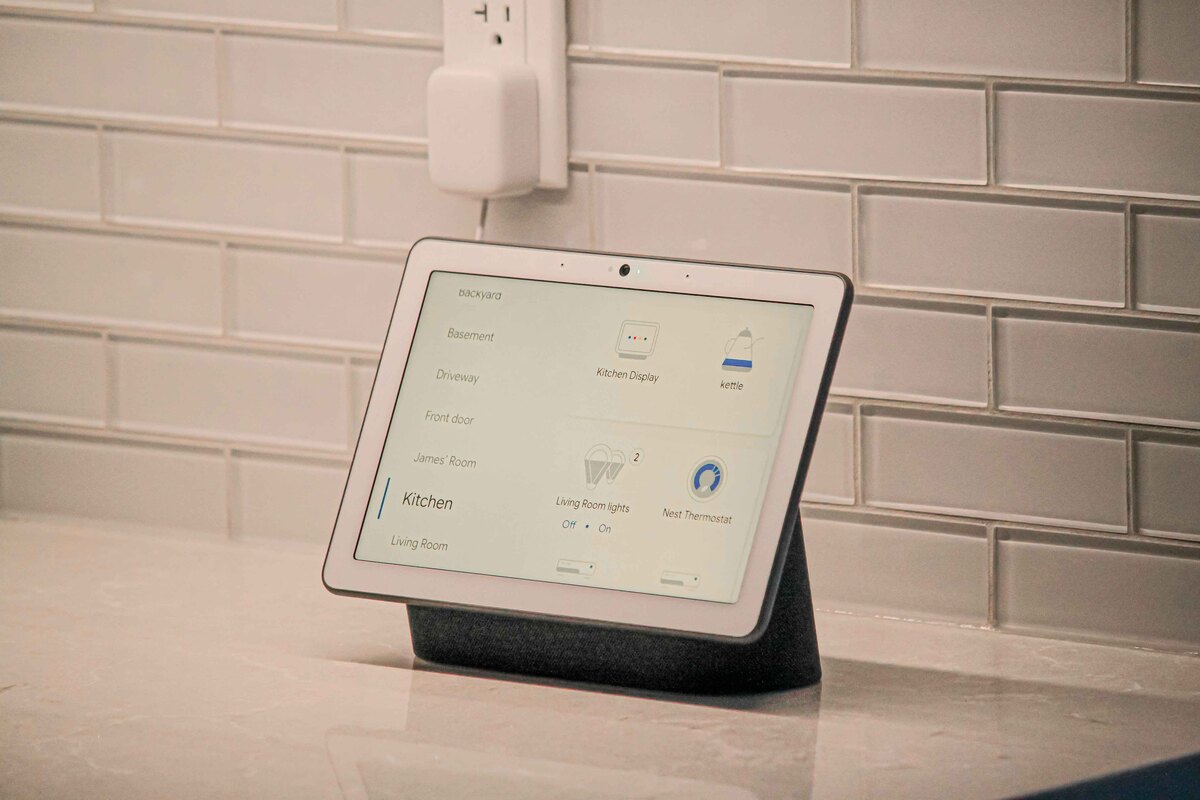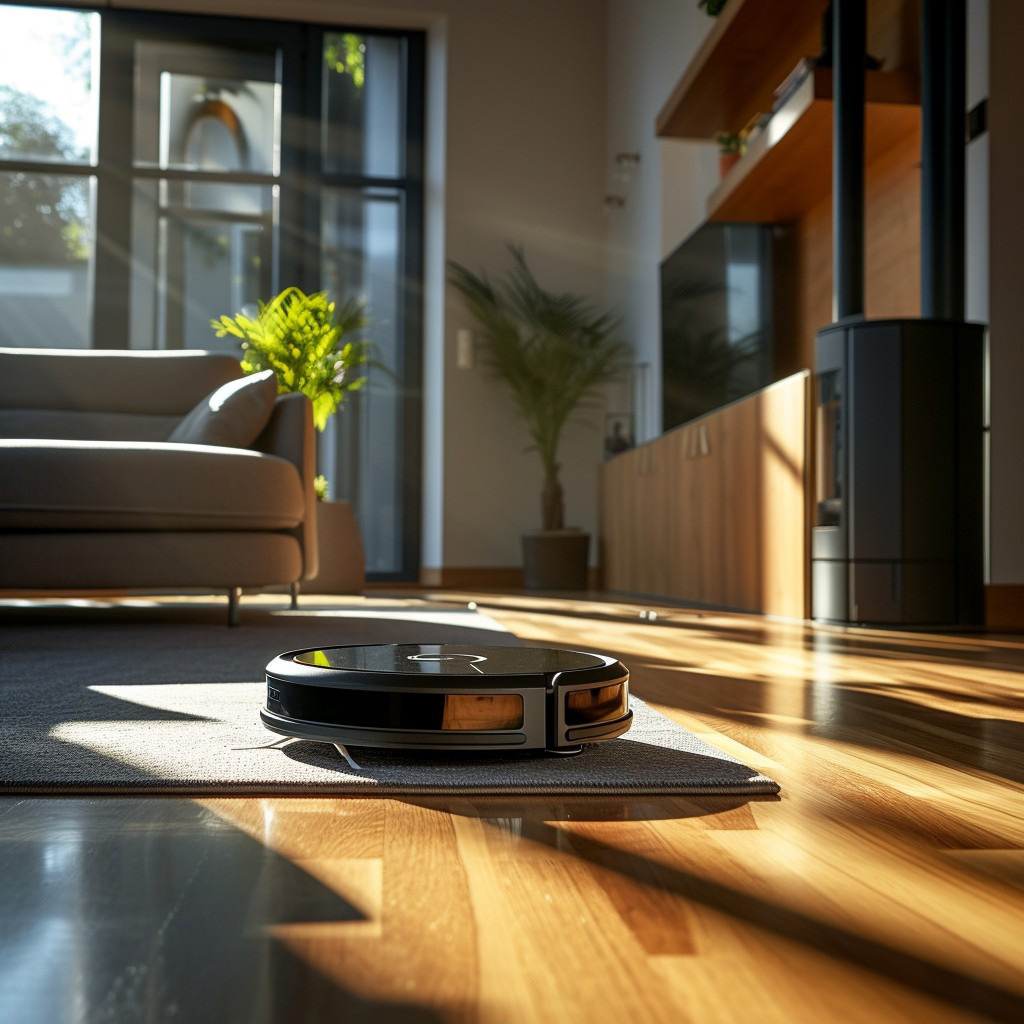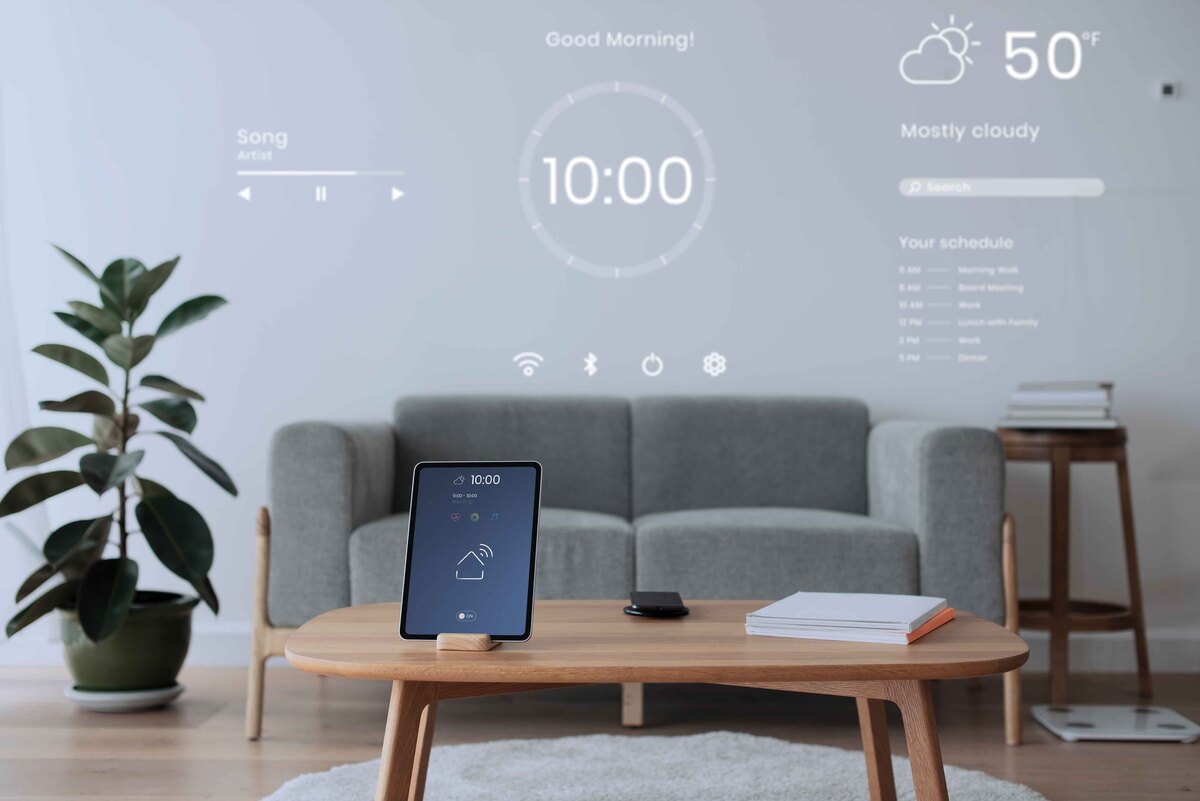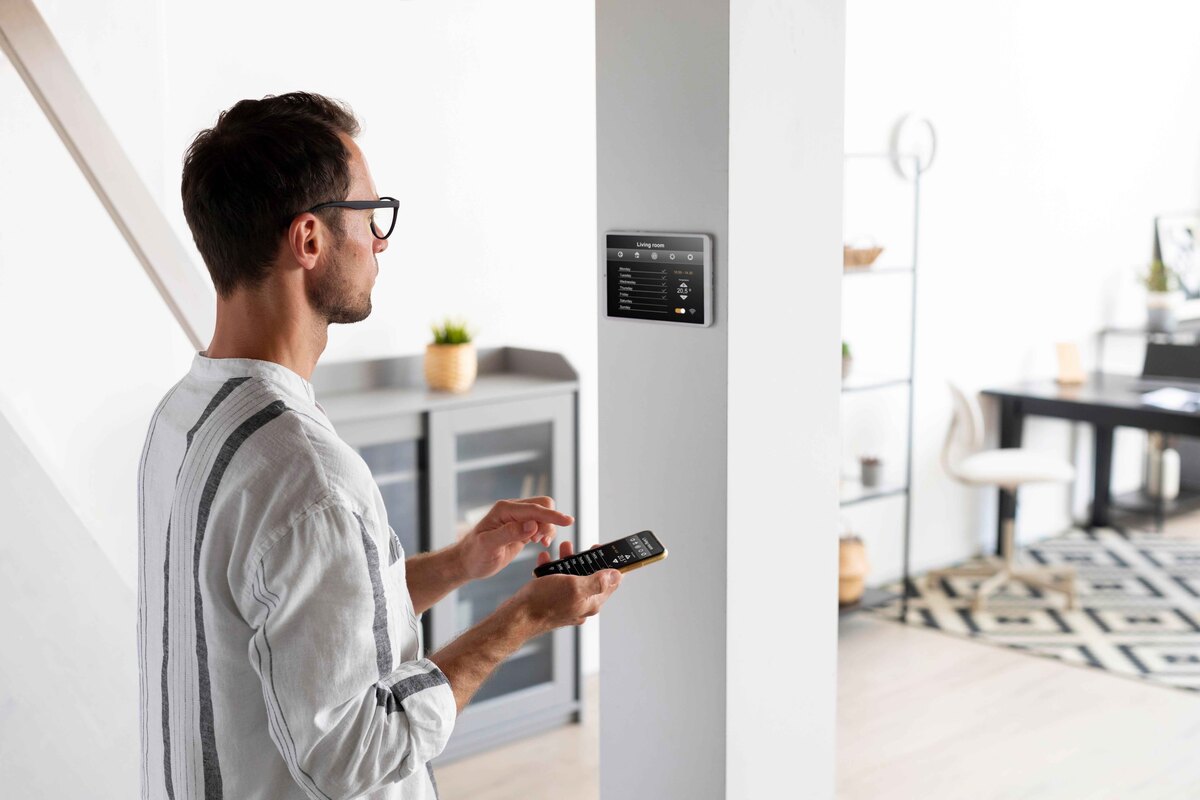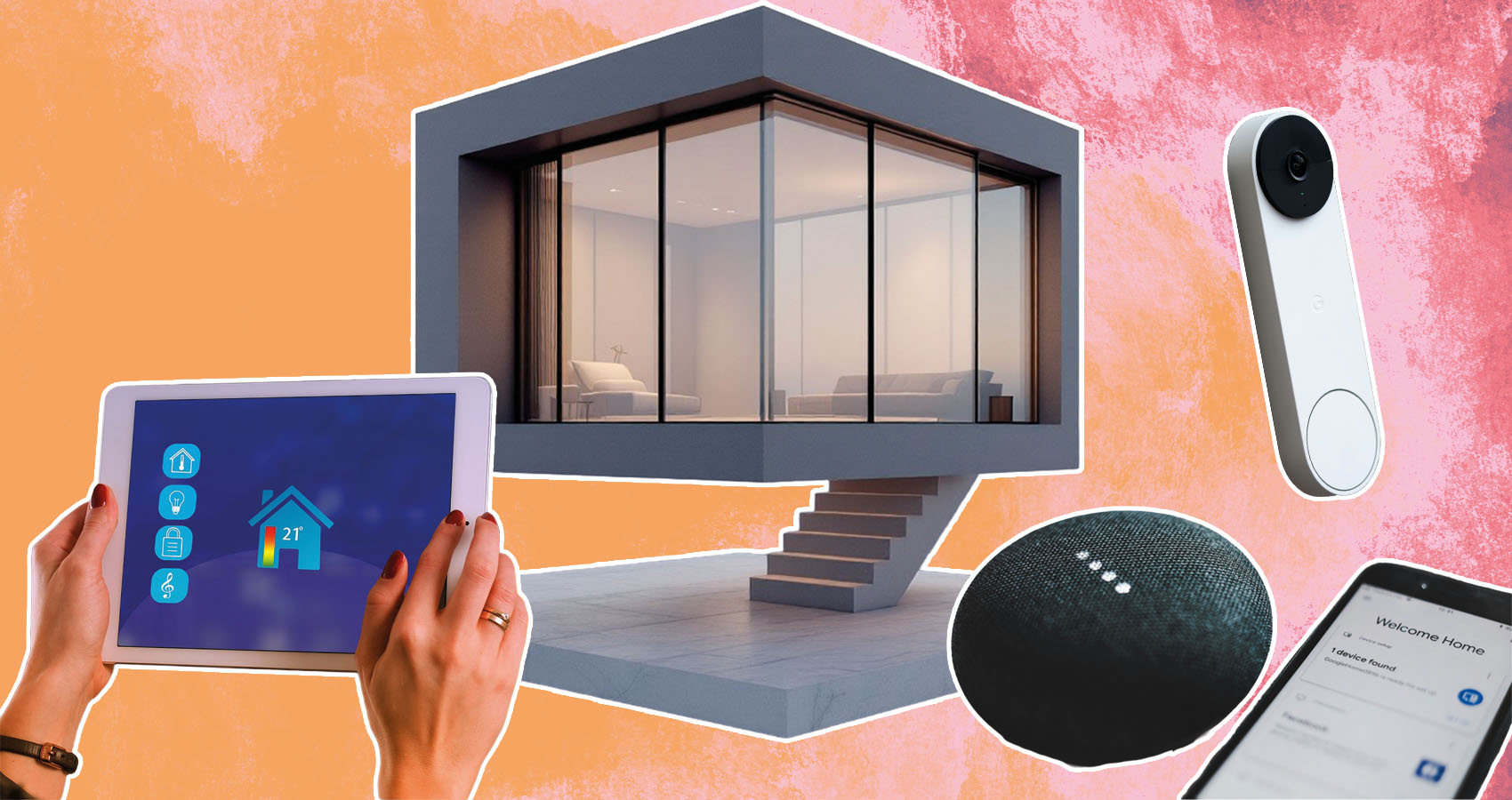
How Smart Home Technology Is Transforming Everyday Living
Home automation and connected living.
Smart home technology has rapidly evolved from an expensive novelty to an essential component of modern households. These interconnected systems are fundamentally changing our relationship with our living spaces—streamlining daily routines, bolstering security measures, and creating more responsive, comfortable environments. As prices drop and user interfaces become more intuitive, smart home solutions are increasingly reshaping domestic life across all demographic groups.
The Evolution of Smart Home Technology
The journey from basic programmable thermostats to today's sophisticated smart homes represents a remarkable technological leap. Modern households now feature intricate ecosystems where devices communicate seamlessly with one another while adapting to user preferences. The market has witnessed surging adoption rates as costs have decreased and functionality has expanded, with typical homes now incorporating multiple connected devices. What once existed as standalone gadgets has transformed into comprehensive systems that oversee everything from precise climate control to robust home security networks.
Key Categories of Smart Home Devices
Today's smart home technology encompasses several vital categories:
- Security and Safety: Advanced solutions including smart locks, video doorbells, surveillance cameras, and integrated alarm systems provide homeowners with real-time monitoring capabilities and instant alerts.
- Comfort and Convenience: Voice-activated assistants, automated lighting systems, and intelligent thermostats learn and adapt to household patterns and preferences.
- Cleaning and Maintenance: Automated cleaning technologies significantly reduce household chores. Among the leading options, dyson robot vacuums deliver sophisticated features like intelligent mapping and remote scheduling, making them particularly noteworthy for automated home maintenance.
- Energy Management: Smart meters, programmable outlets, and energy-efficient appliances work together to optimize resource consumption and reduce waste.
Benefits of Integrating Smart Technology at Home
Key Takeaway:
* Automation liberates time previously spent on routine tasks
* Remote access delivers genuine peace of mind
* Personalized settings enhance comfort while simultaneously reducing energy costs
Smart home technology offers advantages that extend well beyond simple convenience. By automating repetitive tasks and enabling remote control capabilities, these systems reclaim valuable time and mental bandwidth. Many intelligent devices contribute significantly to energy efficiency through optimized usage patterns and minimized waste. The security benefits are particularly compelling—comprehensive real-time monitoring and instant notifications provide reassurance whether you're downstairs or across the country. Additionally, smart technology incorporates accessibility features that prove especially valuable for elderly residents or those with mobility challenges.
Building a Cohesive Smart Home Ecosystem
Creating a truly effective smart home demands thoughtful integration. Device interoperability—the seamless communication between different products—remains crucial for maximizing convenience and functionality. Many homeowners struggle when managing multiple platforms and interfaces, highlighting the importance of centralized control systems. When selecting devices, compatibility with major ecosystems should be a priority, along with products offering robust update support to ensure longevity.
Considerations Before Adopting Smart Home Devices
Helpful Tips:
* Implement strong, unique passwords for all device accounts
* Keep firmware updated to address security vulnerabilities
* Carefully review manufacturer privacy policies before purchasing
Before embracing smart home technology, several important factors warrant careful consideration. Privacy and data security remain paramount concerns—these devices inevitably collect substantial information about your habits and home life. Reliability represents another crucial factor, as smart systems depend heavily on stable internet connections and consistent updates. Finally, carefully evaluate the cost-benefit relationship, weighing both initial investments against potential long-term savings in energy usage and time management.
Real-World Scenarios: Smart Home Tech in Action
The true value of smart home technology becomes evident through everyday application. Families benefit from automated routines that adjust lighting, temperature, and security settings according to the time of day. Busy professionals appreciate the ability to manage household tasks remotely during hectic workdays. For older adults, voice-controlled systems and automated cleaning devices foster independence and comfort. One homeowner described how integrating automated cleaning transformed their living experience—programming their robot vacuum to run while they're at work means returning to a freshly maintained home without lifting a finger.
Summing Up the Smart Home Revolution
Smart home technology continues to transform everyday living through thoughtful automation, optimization, and enhanced control. As these systems grow increasingly sophisticated and interconnected, they deliver more personalized experiences that adapt to individual needs and preferences. By carefully evaluating your priorities and selecting compatible devices with robust security features, you can create a smart home environment that genuinely enhances quality of life while safeguarding your privacy and personal data.



